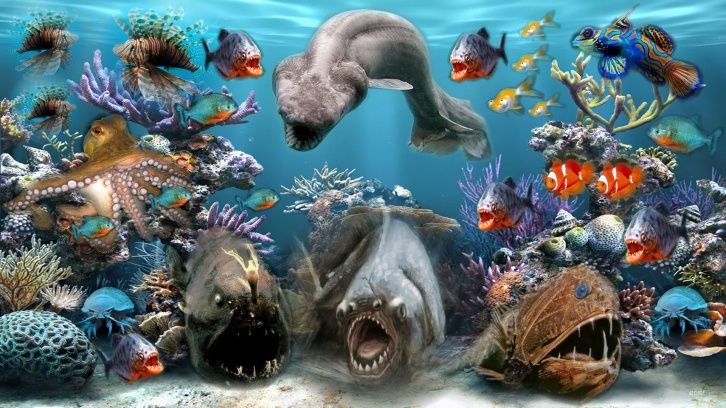
FAQ About Ocean Life

What is the purpose of a blowhole in whales?
The blowhole is a specialized breathing structure found on the tops of the heads of whales and other marine mammals such as dolphins and porpoises. It serves as the opening through which these animals breathe air when they come to the water's surface. Here's more about the purpose of a blowhole in whales:
- Breathing: Whales are mammals, which means they need to breathe air to survive. The blowhole allows them to inhale and exhale without fully surfacing or having to open their mouths. When a whale reaches the surface, it can quickly exhale the spent air from its lungs and inhale fresh air through its blowhole before submerging again.
- Protection from Water: The blowhole has a muscular flap of tissue called a "valve" that closes tightly when the whale is underwater. This valve prevents water from entering the respiratory passages while the whale dives and swims beneath the surface. It ensures that only air enters the blowhole during each breath.
- Adaptation for Efficient Breathing: The location and design of the blowhole are essential for efficient breathing in marine mammals. The blowhole is positioned on the top of the head, allowing the whale to keep most of its body submerged while still being able to breathe. This positioning minimizes the amount of body movement required during each breath and enables the whale to maintain a streamlined shape in the water.
- Reduced Energy Expenditure: By having the blowhole on the top of their heads, whales can conserve energy while breathing. They don't need to lift their entire bodies out of the water to take a breath, as the blowhole allows for a quick exchange of air at the water's surface. This efficiency is particularly important for large whales, which need to minimize the energy expended during each breath.
